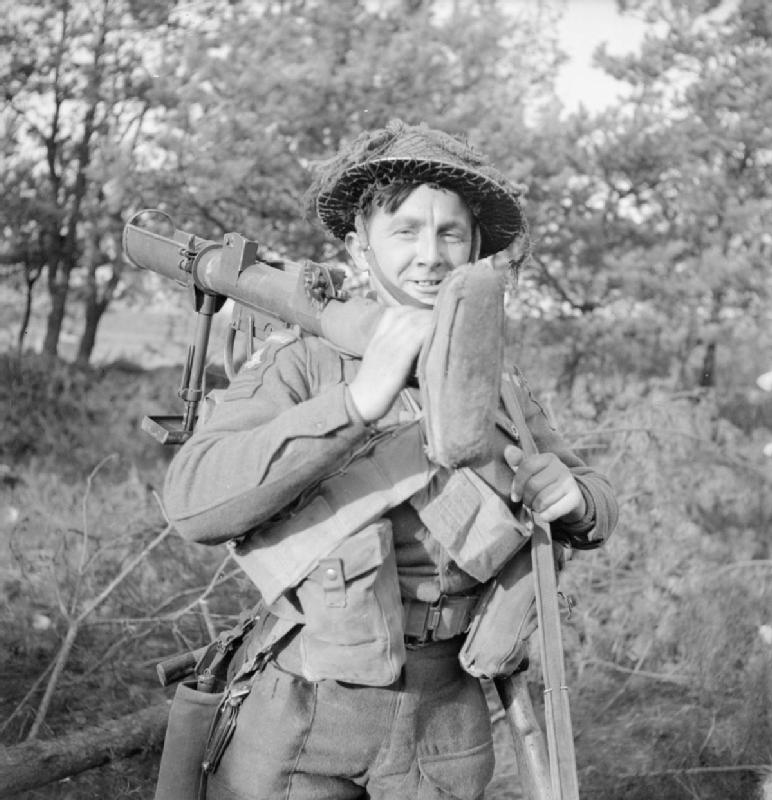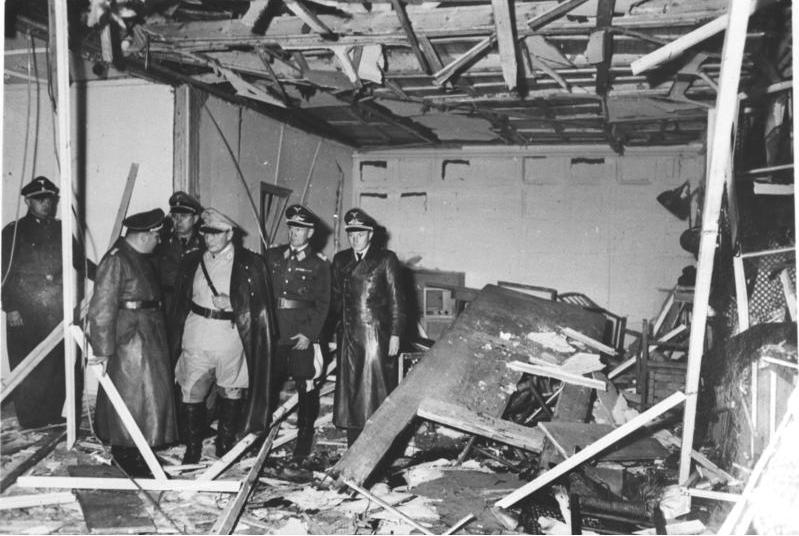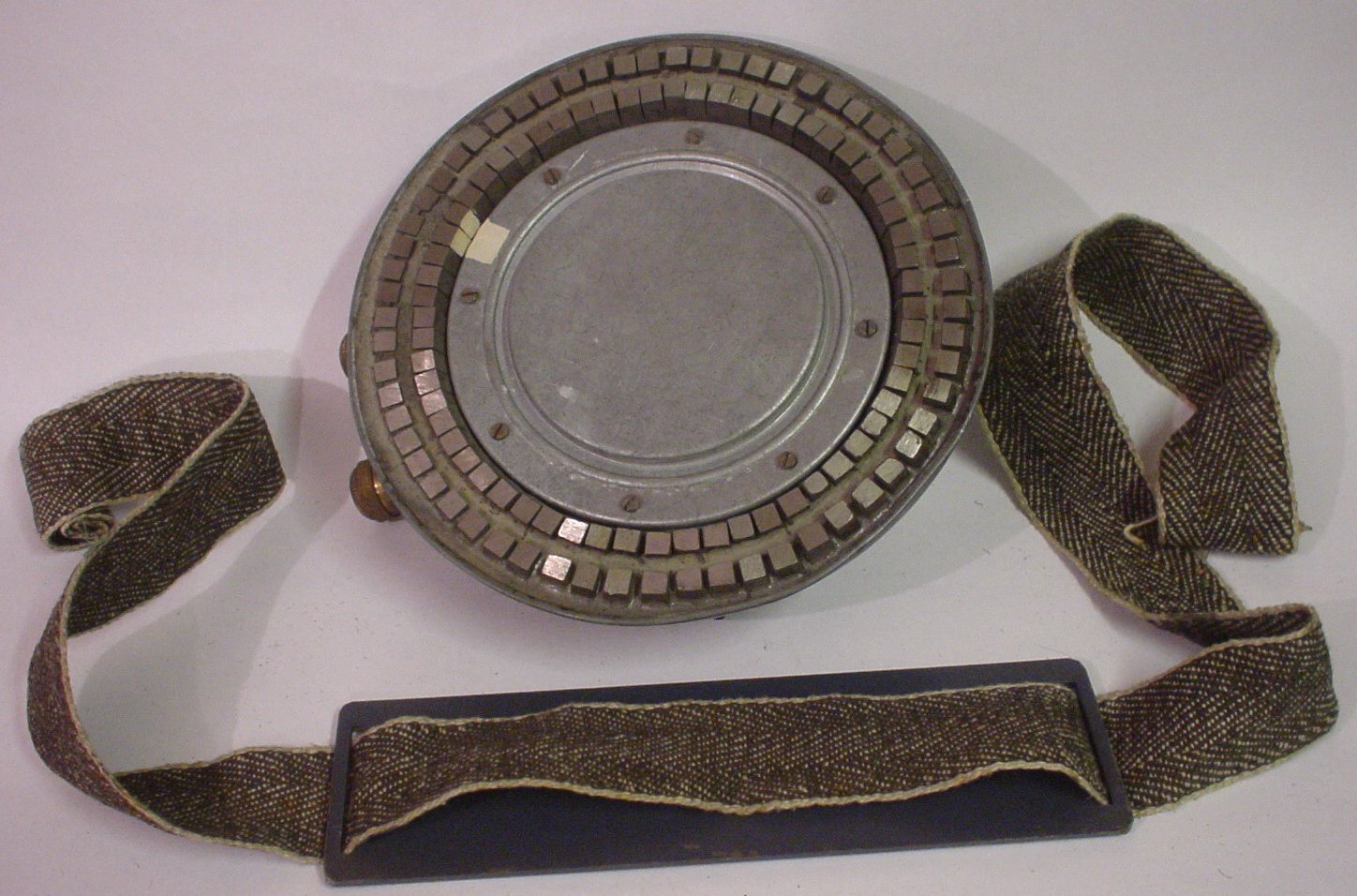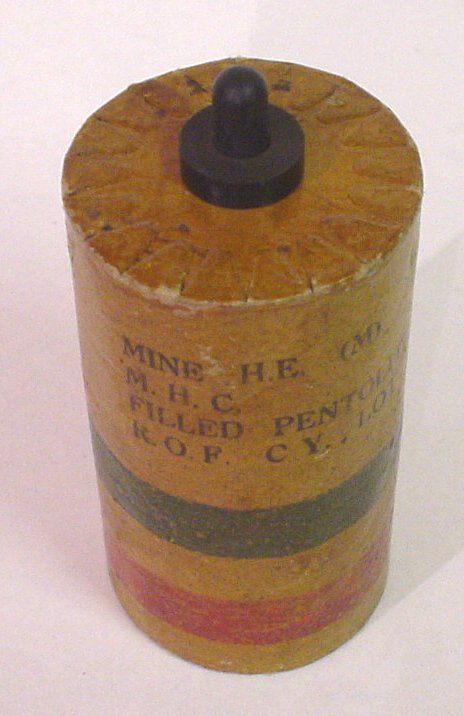“Churchill’s Toyshop” was the name given to the Ministry of Defence 1 (MD1), which acted as a British weapons research and development organization in World War II. They designed, developed and produced unique Special Forces and regular munitions and were led by Major Millis Jefferis and Stuart Macrae.
Jefferis began work on sabotage devices for the “Military Intelligence Research” (MIR), but it was then combined with other “hush-hush” elements to form the Special Operations Executive (SOE). While Jefferis’ unit was not included, it did become part of MD1. Macrae was a former editor of Armchair Science and an inventor. He was called up for service for the Second World War, and joined Jefferis at MD1. During their time, they went on to invent and refine some strange yet useful weapons.
Sticky Bomb
The “Sticky Bomb” was a British anti-tank grenade produced as an ad hoc solution because of the lack of anti-tank guns in the aftermath of the Dunkirk evacuation. The grenade was made of a glass sphere which contained various explosive components and covered in a powerful adhesive.
Sticky Bomb or Grenade, Hand, No 74 Mark. Credit to millsgrenades.co.uk

When a person pulled the pin, the outer casing fell away, exposing the sphere. Another pin would have to be pulled to activate the firing mechanism; then a user had the task of attaching the Sticky Bomb to a tank or vehicle—cracking the sphere in the process. They then released a level, giving them five seconds to find cover.
However, there were several issues in the Sticky Bombs’ design. It didn’t do so well against dusty or muddy tanks and it could easily stick to a person’s uniform. While the Ordnance Board of the War Department did not approve the idea, Churchill personally stepped in and had the Sticky Bomb put into production. Between 1940 and 1943, around 2.5 million were produced.
PIAT
The PIAT, or Projector, Infantry, Anti Tank, was a man-portable anti-tank weapon, designed in 1942, because of the need for more effective anti-tank weaponry. The gun itself was based on the spigot mortar system (which fired projectiles). The PIAT launched a 2.5 pounds (1.1 kg) bomb by using a powerful spring and cartridge in the projectile’s tail. Its lack of muzzle smoke meant it did not reveal the position of the user.
A soldier of the Duke of Cornwall's Light Infantry carrying a PIAT, November 1944. By Carpenter (Sgt), No 5 Army Film & Photographic Unit

The PIAT was used by a variety of units, from British and Commonwealth troops, Royal Marines commandos, the Australian Army, and was given to each infantry platoon in its “jungle divisions”. During the initial period of the Normandy campaign, analysis showed that 7% of German tanks destroyed was because of the PIAT. In 1944–1945, a Canadian Army survey voted the PIAT as the most effective out of the 31 weapons in their arsenal, with the Bren gun coming second.
Notable Uses
On May 16, 1944, during the Italian Campaign, Fusilier Frank Jefferson used a PIAT to destroy a Panzer IV tank and repel a German counterattack. On June 12, 1944, Rifleman Ganju Lama of the 7th Gurkha Rifles used a PIAT to knock out two Japanese tanks attacking his unit at Ningthoukhong, Manipur, India. And between in September, 1944, during the Battle of Arnhem, Major Robert Henry Cain used a PIAT to disable a Tiger tank that was advancing on his company position.
Pencil Detonator
The “Pencil Detonator” (named because of its similar shape and size) was a time fuse that could be connected to a detonator or short length of safety fuse. The British Number Ten Delay Switch or “timing pencil” was made of brass, with a section of copper at one end, filled with a glass vial of highly flammable cupric chloride. Beneath the vial was a spring-loaded striker. To start the timer, a person had to crush the copper section of the tube to break the vial, which slowly eroded the wire holding the striker. When the wire eroded, it propelled itself down the hollow center of the detonator, hitting a percussion cap.
Sectioned Pull Switch. Credit to millsgrenades.co.uk

The Special Air Service (SAS), Special Operations Executive (SOE) and French Resistance made wide use of detonators during the Second World War. There were around 12 million of the detonators made during the war. For high value targets, it was recommended that multiple detonators from different batches were used together.
Notable Uses
One of the most famous uses of the Pencil Detonator was the attack on the HMS Cambeltown during the St Nazaire Raid of 1942. Also called Operation Chariot, this was a successful British amphibious attack on the heavily defended Normandie dry dock at St Nazaire in German-occupied France. HMS Campbeltown was, in essence, a sacrificial vessel. Along with 18 smaller craft, the Royal Navy and British Commandos rammed HMS Cambeltown into the dry dock. The vessel, packed with lots of time-delayed explosives, detonated later that day, putting the dock out of service for the remainder of the war.
Another notable use of the Pencil Detonator was the briefcase bomb used in the July 20 plot to assassinate. In a briefcase packed with two pounds of explosive, the bomb was set on a 30-minute timer and detonated on time. However, Hitler survived the attack with minor injuries.
The conference room at the Wolf's Lair soon after the assassination attempt. Bundesarchiv, Bild 146-1972-025-10

Other Weapons Developed
Beehive charge—Six-inch diameter demolition/sabotage device. Credit to millsgrenades.co.uk

Limpet Mark II—A magnetic mine that could be used on land or underwater. Credit to millsgrenades.co.uk

M-Mine—A small mine covered in cardboard, detonated when trodden on. Credit to millsgrenades.co.uk
